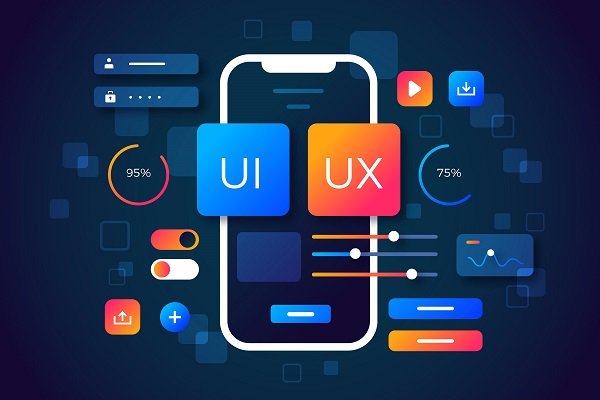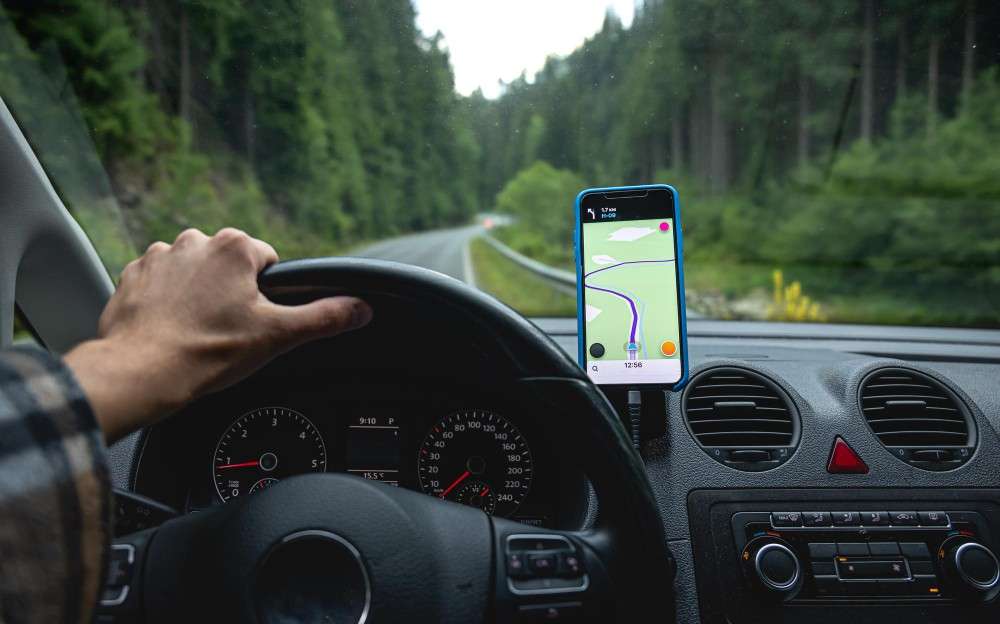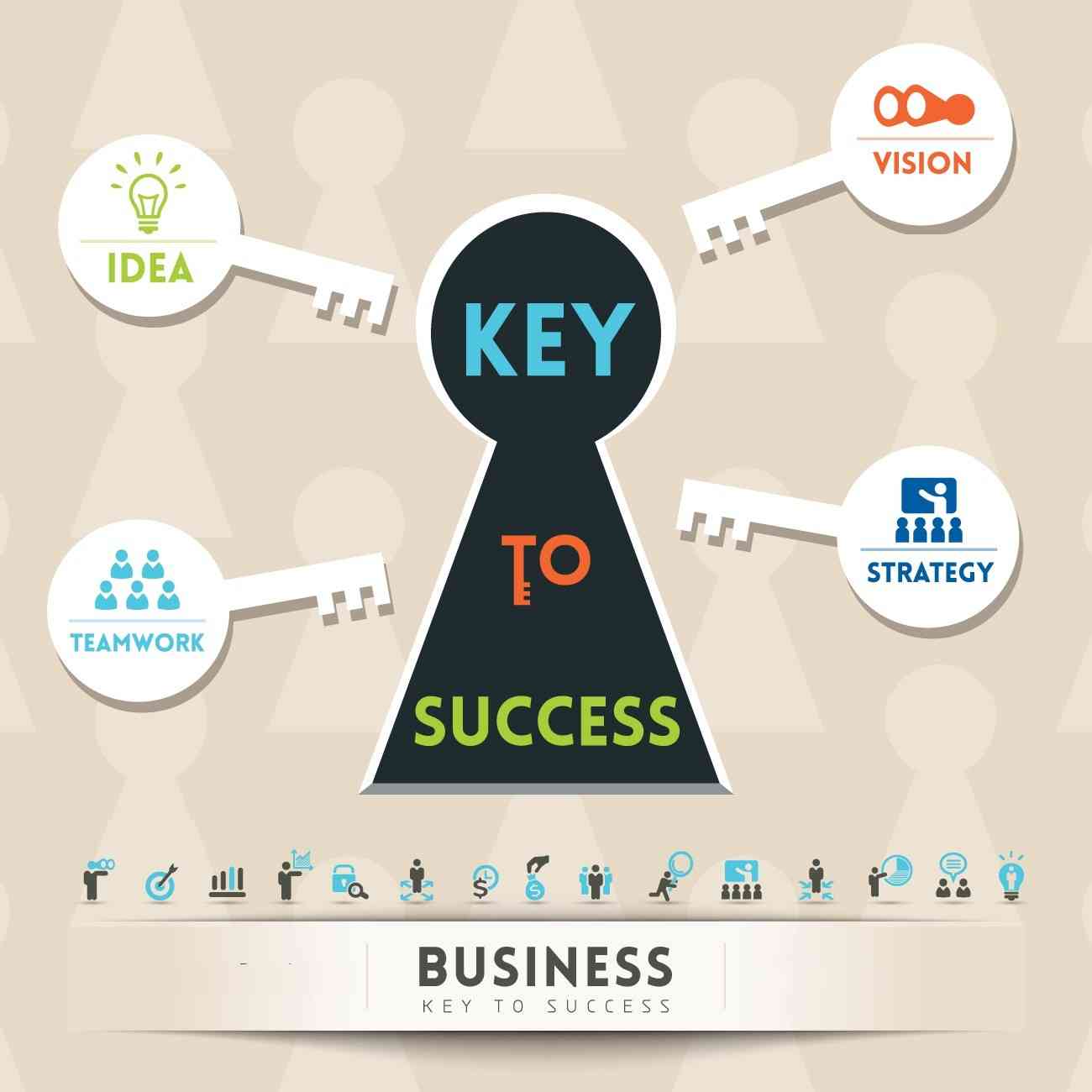User Experience (UX) Design
The goal of user experience (UX) design is to create products that give people delightful and meaningful experiences. UX design is concerned with how people experience a digital platform, be it a website, mobile app, or something else entirely. Tasks become simple, effective, and even enjoyable with a well-designed user experience.
UX design: what is it?
UX design is fundamentally the process of enhancing the general user-product interaction. It entails comprehending the demands of the consumer, resolving issues, and guaranteeing satisfaction at every turn. Creating a smooth and satisfying experience that encourages consumers to return is the aim.
Imagine visiting an e-commerce website to buy a pair of shoes. If you can quickly find the shoes you want, easily compare prices, and check out without any confusion, that's a good UX design in action. On the other hand, if the website is cluttered, slow, or confusing, you're likely to leave and never return.
 Critical Elements of UX Design
Critical Elements of UX Design
User Research:
Understanding the target audience is the first step. UX designers conduct surveys, interviews, and usability tests to learn about user behavior, preferences, and pain points.
Information Architecture:
This involves organizing content in a way that makes it easy for users to navigate. Think of it as creating a logical map for your product.
Wireframing and Prototyping:
Before the final design, designers create wireframes (basic layouts) and prototypes (interactive models). These help test ideas and gather feedback without heavy investment.
Usability Testing:
Once a prototype is ready, it's tested with real users. This helps identify issues and areas for improvement.
Visual Design:
While UX focuses on functionality, it overlaps with visual design to ensure the product is also aesthetically pleasing.
 Why is UX Design Important?
Why is UX Design Important?
Improves User Satisfaction:
A well-designed product meets user needs effortlessly, leaving them happy and more likely to use it again.
Increases Engagement:
A great UX encourages users to spend more time on your platform, boosting engagement and loyalty.
Boosts Revenue:
Happy users are more likely to complete actions, whether it's making a purchase, subscribing, or sharing your product with others.
Reduces Costs:
By identifying issues early in the design process, businesses save money on future fixes.
 Real-Life Examples of Good UX Design
Real-Life Examples of Good UX Design
Google: Its clean interface and fast results make it the go-to search engine.
Spotify: Personalized playlists and simple navigation keep users hooked.
Apple: Their intuitive designs make even complex technologies easy to use.
 Wrapping up
Wrapping up
UX design is not just about making things look good; it's about creating experiences that users enjoy. By focusing on their needs, understanding their challenges, and testing solutions, designers can craft products that genuinely make a difference. Whether you're a beginner or a business owner, investing in UX design is a step toward better user satisfaction and success.
-black.png)










